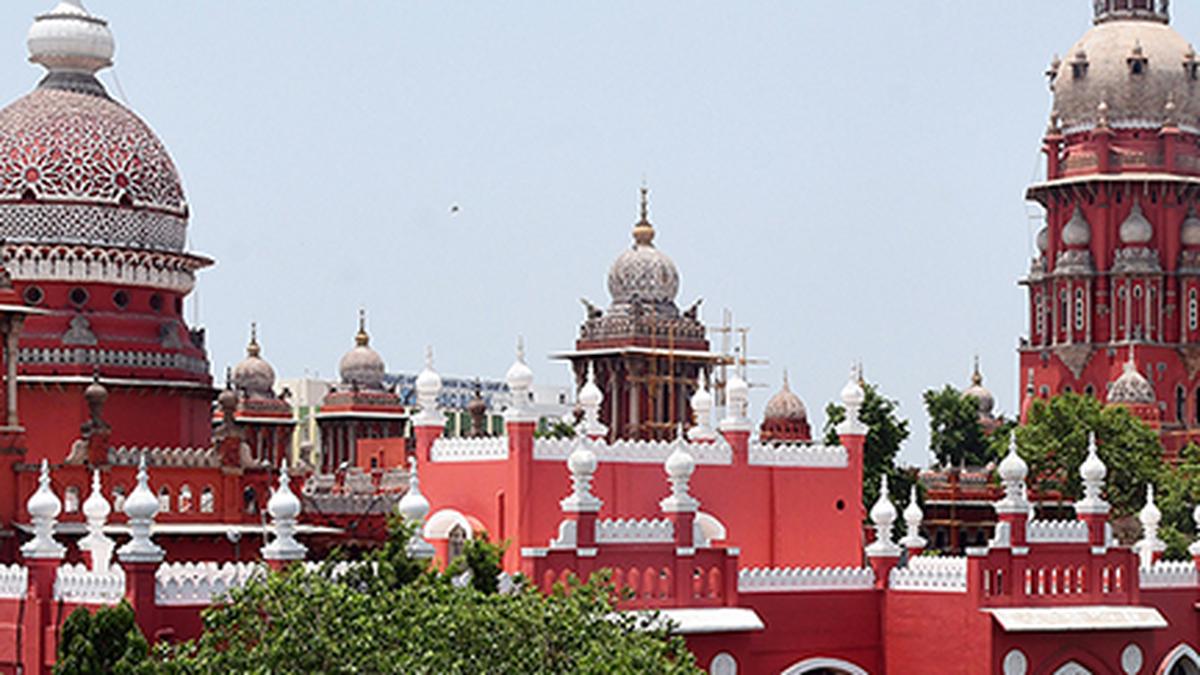
Temple within a temple | Madras High Court to hold special sitting to decide dispute on conducting Brahmotsavam
The Hindu
Madras High Court to hold special sitting to decide on Brahmotsavam at Thillai Govindaraja Perumal temple in Chidambaram.
The Madras High Court has decided to hold a special sitting on May 10, despite it being a summer vacation for the court, to decide whether Brahmotsavam can be conducted for Thillai Govindarajaswamy (Vishnu) temple, situated within the precincts of the famous Sri Sabanayagar (Natarajar) temple in Chidambaram in Cuddalore district, between May 20 and 29.
A Division Bench of Justices R. Mahadevan and P.D. Audikesavalu would be hearing a public interest litigation (PIL) petition filed by T.R. Ramesh, president of Temple Worshippers’ Society, against proposed conduct of the Brahmotsavam, on the ground that Lord Thillai Govindaraja Perumal has only a sub-shrine in the Sabanayagar temple and that it could not be construed to be a separate temple by itself.
The judges asked the petitioner’s counsel and Special Government Pleader (Hindu Religious and Charitable Endowments Department) N.R.R. Arun Natarajan to be present for the special hearing.
In his affidavit, the PIL petitioner stated that the Sabanayagar temple had a history of over 2,000 years and its origin was lost in antiquity. He said, the presiding deity of the temple was Lord Natarajar, the dancing form of Lord Shiva.
He also stated that the temple had been administered by a micro community of Vedic Brahmins known as Podhu Dikshidars, who reside exclusively in Chidambaram town. These denominational administrators were also known as Thillai Mooviyaravar, meaning the 3,000 of Chidambaram. Canonical works of Tamil Saivism consider the Podhu Dikshidars to be the first among the Saivites, the petitioner said.
He further claimed that it was only in 1539 that King Achutha Devarayar, belonging to the Vijayanagar dynasty, had constructed the shrine for Thillai Govindaraja Perumal in the Sabanayagar temple and that it was called Chitra Kootam. Saints Kulasekhara Azhwar and Tirumangai Azhwar had sung hymns in praise of Lord Mahavishnu in the Chitra Kootam and hence it came to be known as one of the 108 Divyadesams.
“There is no archaeological evidence or inscriptions to show that Govindaraja Perumal shrine existed before 1539,” the petitioner said and contended that it was common to have a sub-shrine for Lord Vishnu in the temples where Lord Shiva was the presiding deity though the inverse could not be found anywhere but for the Azhagiya Nambirayar temple at Tirukkurungudi in Tirunelveli district.











